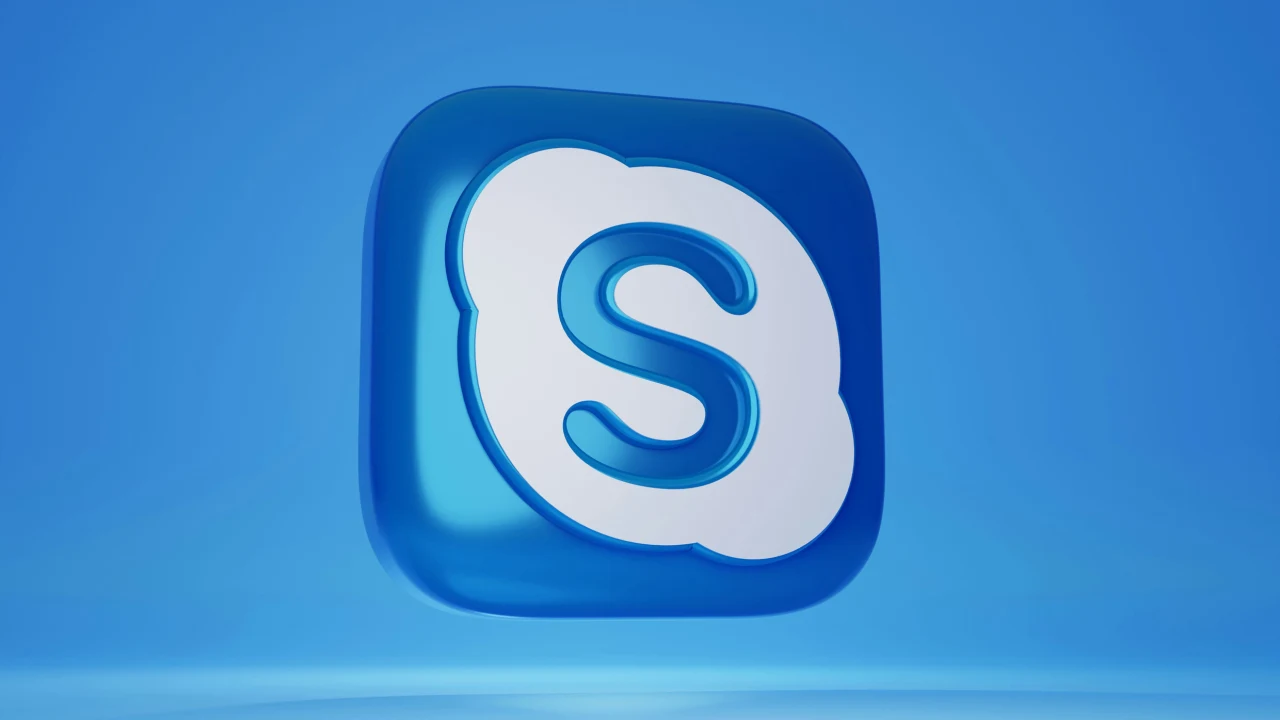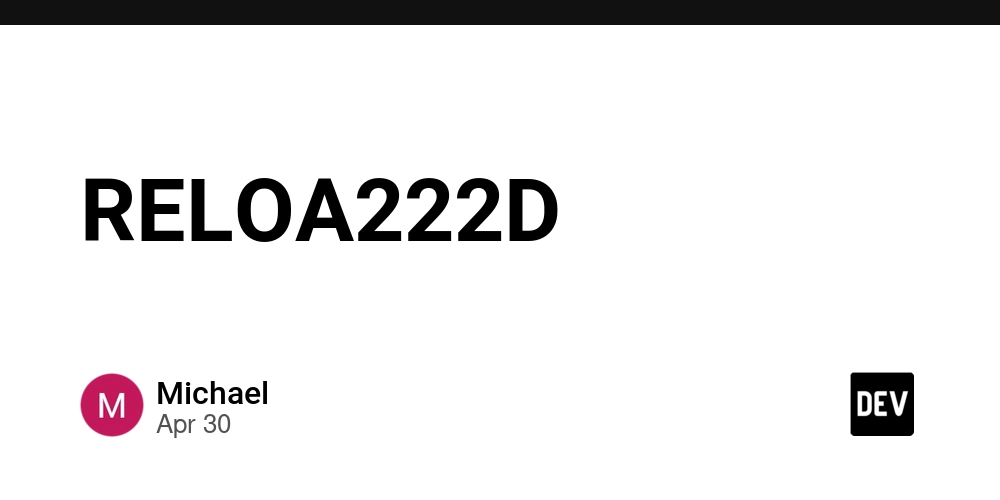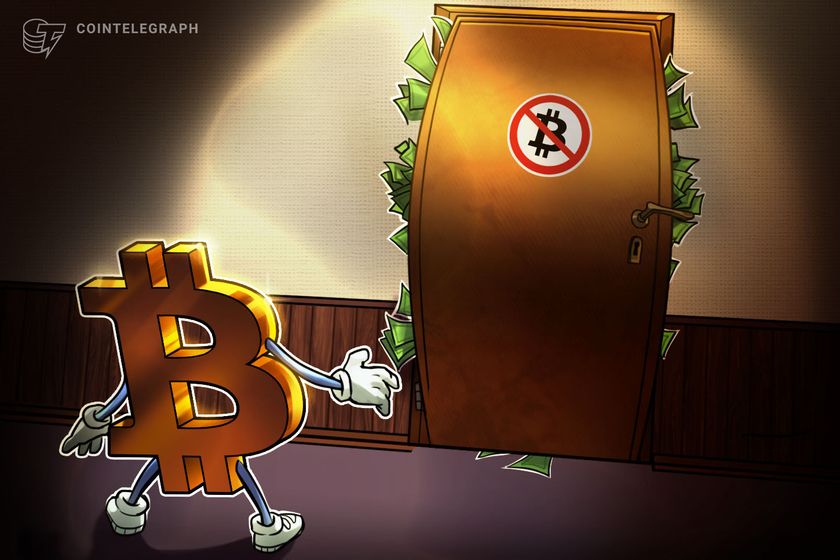How to Create a Secure Cryptocurrency with Zero Budget
Creating your own cryptocurrency sounds expensive—but what if you could launch one without spending a single cent? Thanks to open-source tools, free resources, and a bit of creativity, it’s entirely possible to build a secure, functional crypto token or coin on a budget of exactly $0. In this article, I’ll walk you through how to do just that—without sacrificing quality, security, or credibility. Step 1: Choose a Free & Secure Platform If you're building a cryptocurrency on a budget, the Ethereum blockchain is a great starting point. More specifically, the ERC-20 token standard lets you launch a new token by simply writing and deploying a smart contract. You don’t need to build your own blockchain, manage nodes, or run any servers. Instead, you leverage the security and reliability of Ethereum’s existing infrastructure. ✅ Why it’s secure: Ethereum is battle-tested and protected by thousands of nodes. ✅ Why it’s free (sort of): You’ll need ETH to deploy the contract—but if you're just learning or prototyping, use Ethereum testnets like Sepolia or Goerli. These are totally free and give you fake ETH for experimenting. Step 2: Write the Smart Contract (Use Free Templates) You can write your smart contract from scratch, but a faster and safer way is to use open-source ERC-20 templates. The most trusted source is OpenZeppelin, which offers secure and audited smart contract libraries. Example: // SPDX-License-Identifier: MIT pragma solidity ^0.8.0; import "@openzeppelin/contracts/token/ERC20/ERC20.sol"; contract FreeToken is ERC20 { constructor() ERC20("FreeToken", "FREE") { _mint(msg.sender, 1000000 * 10 ** decimals()); } } ✅ Why it’s secure: OpenZeppelin contracts are professionally audited and widely trusted. ✅ Why it’s free: You can write and test this code using Remix, an online Solidity IDE that runs entirely in your browser. Step 3: Test for Free on Ethereum Testnets To make sure your token works as expected, deploy it on a testnet like: Sepolia Goerli Holesky You can request free test ETH from a faucet, then use Remix to deploy your token. Once deployed, test it with wallets like MetaMask and block explorers like Etherscan (testnet versions). ✅ Why it’s secure: You’re testing on a real blockchain network without risking money. ✅ Why it’s free: Testnet ETH is free and unlimited with faucet access. Step 4: Distribute and Showcase Want people to see and use your token? Create a GitHub repo with your contract and instructions. Publish your token address and contract details on social platforms. Use a free website builder (like GitHub Pages, Notion, or Carrd) to share your project. List on testnet DEXs like Uniswap testnet deployments if you're just experimenting. ✅ Why it’s secure: You’re staying transparent and verifiable. ✅ Why it’s free: All tools listed are free to use and widely accessible. Step 5: Going Mainnet—Still (Almost) Free? Eventually, you might want to launch on Ethereum mainnet. Technically, deploying there does cost ETH, but if you're part of a hackathon, educational program, or crypto community, you can often get free deployment grants or gas fee vouchers. Alternatively, deploy on low-fee chains like: Polygon (PoS) BNB Smart Chain Fantom Celo Many of these platforms offer grants, faucet tokens, and low-cost deployment for educational or experimental projects. Tips to Keep It Secure Even if you're working for free, security is non-negotiable: Use audited code (OpenZeppelin). Don’t copy/paste blindly—understand what your code does. Test thoroughly on testnets. Avoid admin keys and backdoors—remove unnecessary control functions. Get peer review—post your contract in dev communities for feedback. You Don’t Need a Big Budget to Build Something Real Crypto is about decentralization, permissionless innovation, and community. If you’ve got time, curiosity, and an internet connection, you can build and launch your own cryptocurrency with zero upfront cost. And if you want help going from an idea to a working token (or even forking a full coin), I’ve written my complete guide to building your own cryptocurrency or token. It covers: How to fork an existing coin like Bitcoin or Litecoin How to write and deploy ERC-20 tokens How to set up mining rules or staking logic How to launch—all from your own laptop Get the full PDF guide here for just $10 and save hours of research, trial-and-error, and technical stress. Thanks for reading! If you found this helpful, drop a comment or share your own zero-budget crypto project below.

Creating your own cryptocurrency sounds expensive—but what if you could launch one without spending a single cent? Thanks to open-source tools, free resources, and a bit of creativity, it’s entirely possible to build a secure, functional crypto token or coin on a budget of exactly $0.
In this article, I’ll walk you through how to do just that—without sacrificing quality, security, or credibility.
Step 1: Choose a Free & Secure Platform
If you're building a cryptocurrency on a budget, the Ethereum blockchain is a great starting point. More specifically, the ERC-20 token standard lets you launch a new token by simply writing and deploying a smart contract.
You don’t need to build your own blockchain, manage nodes, or run any servers. Instead, you leverage the security and reliability of Ethereum’s existing infrastructure.
✅ Why it’s secure: Ethereum is battle-tested and protected by thousands of nodes.
✅ Why it’s free (sort of): You’ll need ETH to deploy the contract—but if you're just learning or prototyping, use Ethereum testnets like Sepolia or Goerli. These are totally free and give you fake ETH for experimenting.
Step 2: Write the Smart Contract (Use Free Templates)
You can write your smart contract from scratch, but a faster and safer way is to use open-source ERC-20 templates.
The most trusted source is OpenZeppelin, which offers secure and audited smart contract libraries.
Example:
// SPDX-License-Identifier: MIT
pragma solidity ^0.8.0;
import "@openzeppelin/contracts/token/ERC20/ERC20.sol";
contract FreeToken is ERC20 {
constructor() ERC20("FreeToken", "FREE") {
_mint(msg.sender, 1000000 * 10 ** decimals());
}
}
✅ Why it’s secure: OpenZeppelin contracts are professionally audited and widely trusted.
✅ Why it’s free: You can write and test this code using Remix, an online Solidity IDE that runs entirely in your browser.
Step 3: Test for Free on Ethereum Testnets
To make sure your token works as expected, deploy it on a testnet like:
- Sepolia
- Goerli
- Holesky
You can request free test ETH from a faucet, then use Remix to deploy your token. Once deployed, test it with wallets like MetaMask and block explorers like Etherscan (testnet versions).
✅ Why it’s secure: You’re testing on a real blockchain network without risking money.
✅ Why it’s free: Testnet ETH is free and unlimited with faucet access.
Step 4: Distribute and Showcase
Want people to see and use your token?
- Create a GitHub repo with your contract and instructions.
- Publish your token address and contract details on social platforms.
- Use a free website builder (like GitHub Pages, Notion, or Carrd) to share your project.
- List on testnet DEXs like Uniswap testnet deployments if you're just experimenting.
✅ Why it’s secure: You’re staying transparent and verifiable.
✅ Why it’s free: All tools listed are free to use and widely accessible.
Step 5: Going Mainnet—Still (Almost) Free?
Eventually, you might want to launch on Ethereum mainnet. Technically, deploying there does cost ETH, but if you're part of a hackathon, educational program, or crypto community, you can often get free deployment grants or gas fee vouchers.
Alternatively, deploy on low-fee chains like:
- Polygon (PoS)
- BNB Smart Chain
- Fantom
- Celo
Many of these platforms offer grants, faucet tokens, and low-cost deployment for educational or experimental projects.
Tips to Keep It Secure
Even if you're working for free, security is non-negotiable:
- Use audited code (OpenZeppelin).
- Don’t copy/paste blindly—understand what your code does.
- Test thoroughly on testnets.
- Avoid admin keys and backdoors—remove unnecessary control functions.
- Get peer review—post your contract in dev communities for feedback.
You Don’t Need a Big Budget to Build Something Real
Crypto is about decentralization, permissionless innovation, and community. If you’ve got time, curiosity, and an internet connection, you can build and launch your own cryptocurrency with zero upfront cost.
And if you want help going from an idea to a working token (or even forking a full coin), I’ve written my complete guide to building your own cryptocurrency or token.
It covers:
- How to fork an existing coin like Bitcoin or Litecoin
- How to write and deploy ERC-20 tokens
- How to set up mining rules or staking logic
- How to launch—all from your own laptop
Get the full PDF guide here for just $10 and save hours of research, trial-and-error, and technical stress.
Thanks for reading! If you found this helpful, drop a comment or share your own zero-budget crypto project below.







































































































































































![[The AI Show Episode 145]: OpenAI Releases o3 and o4-mini, AI Is Causing “Quiet Layoffs,” Executive Order on Youth AI Education & GPT-4o’s Controversial Update](https://www.marketingaiinstitute.com/hubfs/ep%20145%20cover.png)












































































































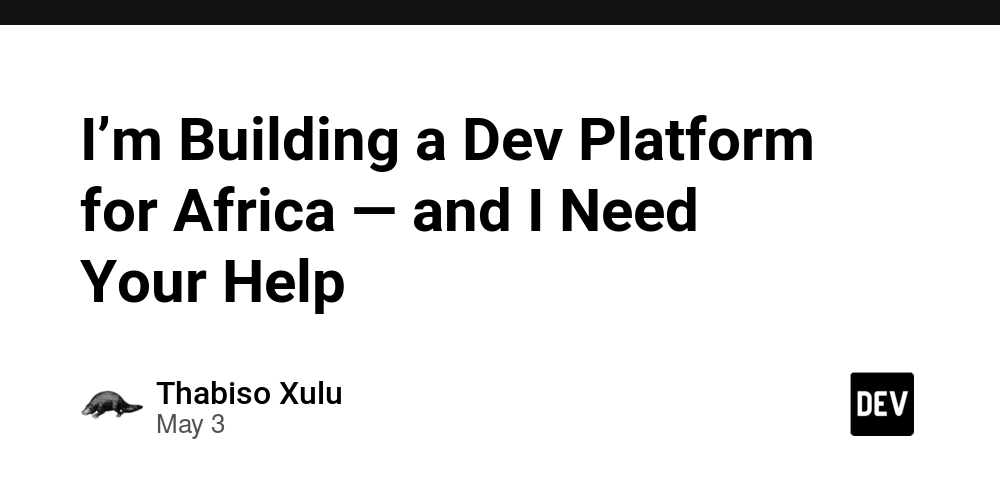
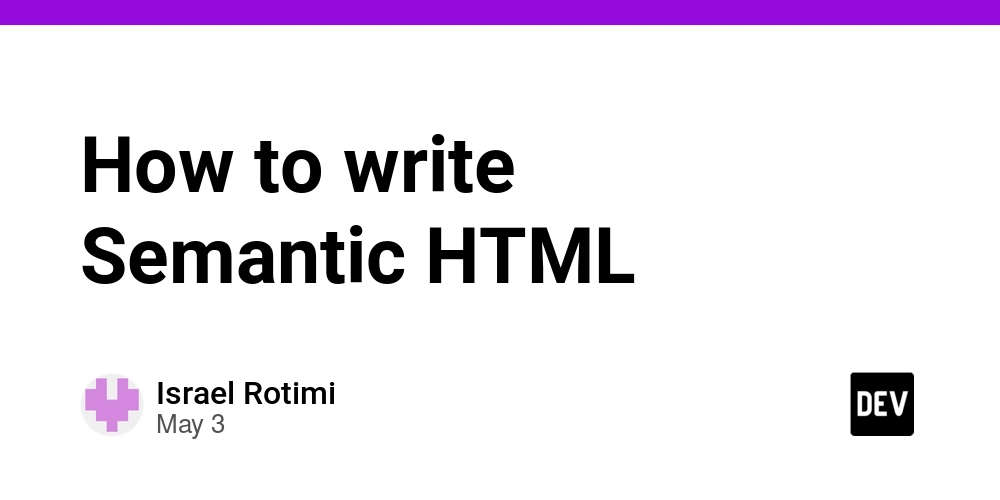













![[FREE EBOOKS] Learn Computer Forensics — 2nd edition, AI and Business Rule Engines for Excel Power Users & Four More Best Selling Titles](https://www.javacodegeeks.com/wp-content/uploads/2012/12/jcg-logo.jpg)





![From Art School Drop-out to Microsoft Engineer with Shashi Lo [Podcast #170]](https://cdn.hashnode.com/res/hashnode/image/upload/v1746203291209/439bf16b-c820-4fe8-b69e-94d80533b2df.png?#)

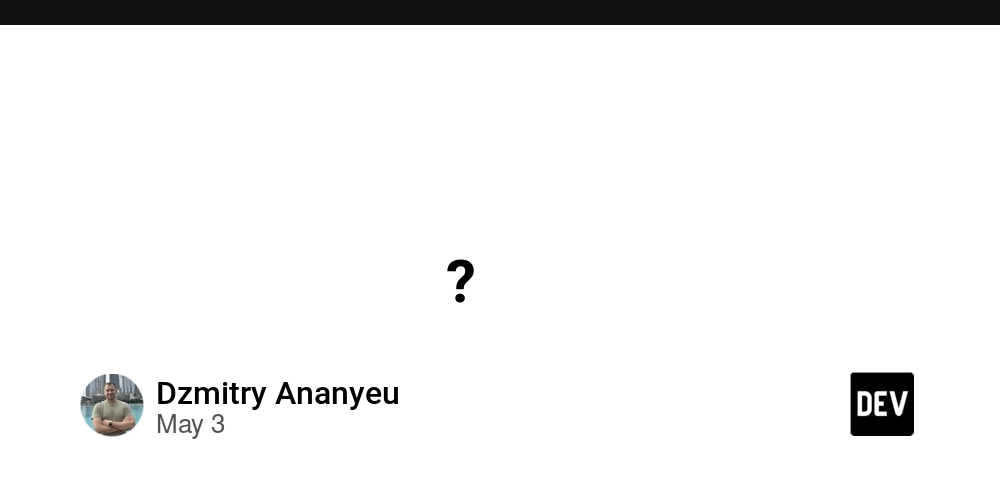







































































































(1).jpg?#)






























_Inge_Johnsson-Alamy.jpg?width=1280&auto=webp&quality=80&disable=upscale#)




















































































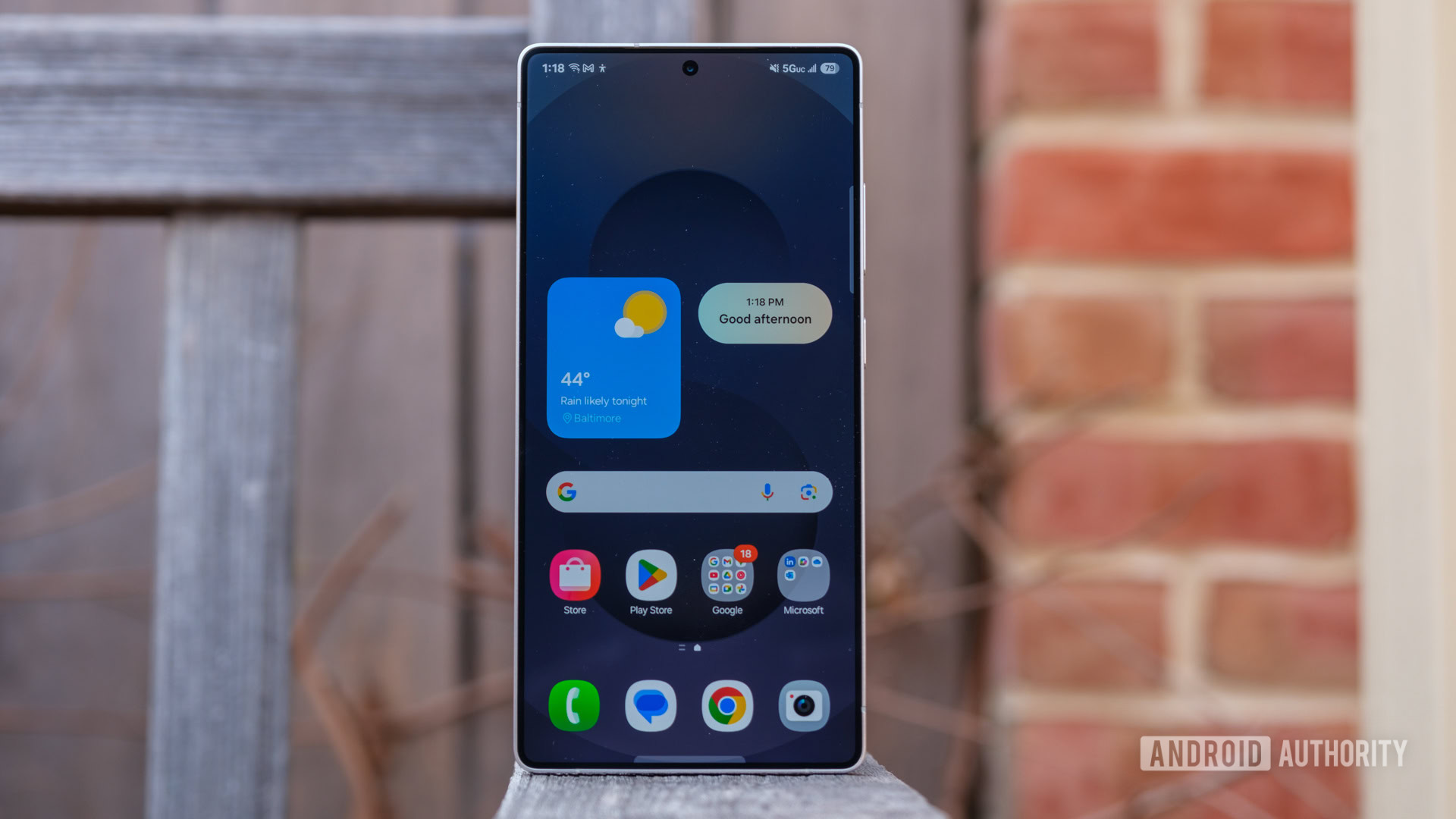





















![Apple Developing AI 'Vibe-Coding' Assistant for Xcode With Anthropic [Report]](https://www.iclarified.com/images/news/97200/97200/97200-640.jpg)
![Apple's New Ads Spotlight Apple Watch for Kids [Video]](https://www.iclarified.com/images/news/97197/97197/97197-640.jpg)





































































